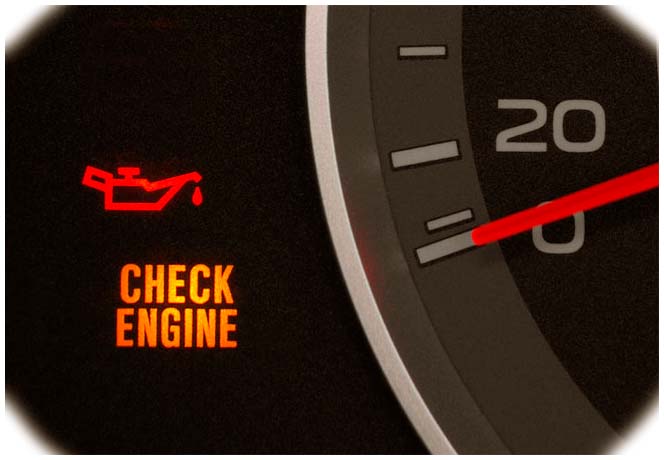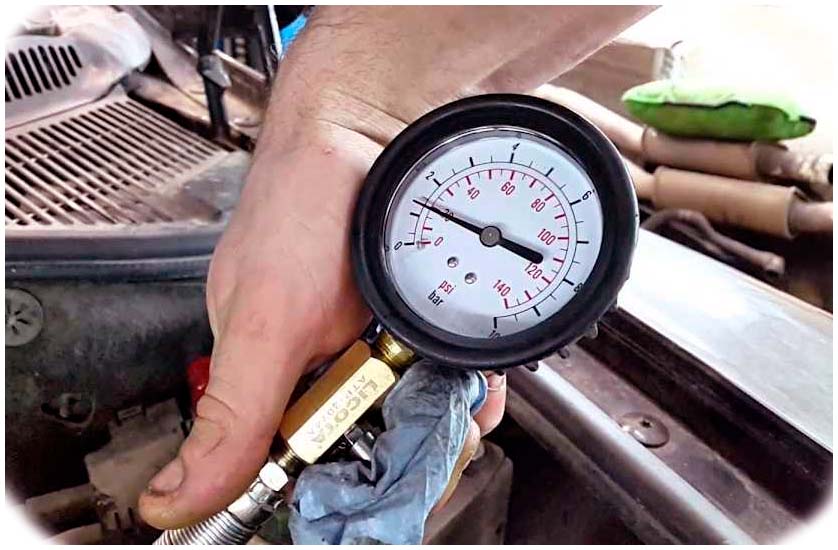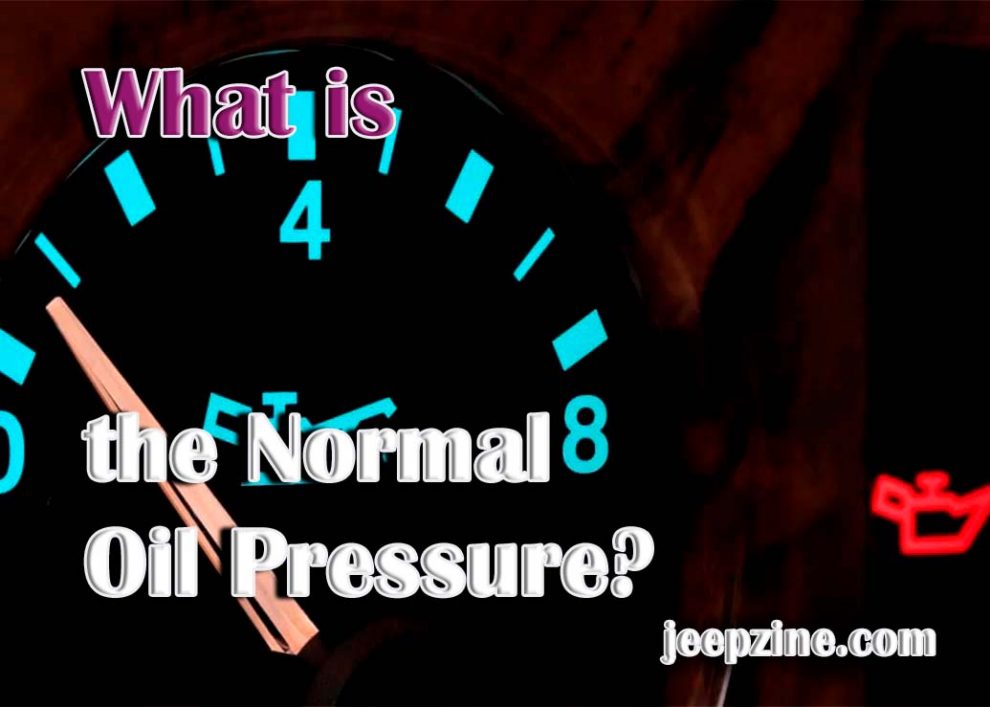Oil pressure is an important, yet often overlooked, factor when it comes to vehicle maintenance. It is responsible for lubricating and cooling the engine, which helps maintain its efficiency. Without proper oil pressure, your engine could overheat and suffer damage. So, what is normal oil pressure in a vehicle?
What Is the Normal Oil Pressure?

To further understand the nuances of oil pressure, it can be helpful to learn about specific situations, such as low oil pressure at idle when hot. This can occur in some vehicles and may indicate an underlying issue that requires attention. By familiarizing yourself with such scenarios, you can be better prepared to diagnose and address any potential problems related to your vehicle’s oil pressure.
Why Do We Need to Monitor Oil Pressure?
Monitoring your vehicle’s oil pressure is important because it can help reveal potential problems before they become serious and costly repairs. For example, low oil levels can lead to reduced lubrication which will cause wear on internal components resulting in higher-than-normal operating temperatures that can damage seals and gaskets.
How to Check Your Vehicle’s Oil Pressure

Conclusion
Understanding normal oil pressure in a vehicle is essential for proper maintenance and avoiding costly repairs due to neglect or ignorance of this important aspect of car ownership. Regularly monitoring your vehicle’s oil pressure can help ensure its reliability and performance over time while warning you of any potential issues before they become more serious – saving you time, money, and hassle down the road!


Add Comment